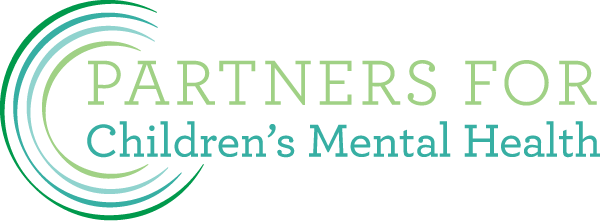Q&A: Youth Suicide Prevention in Primary Care
As we head into Suicide Prevention Month, suicide remains the leading cause of death for Colorado middle and high school students. For many youth at risk for suicide, a visit with their primary care provider is the best chance to get the help they did. That’s why PCMH developed a youth suicide prevention care pathway to help providers deliver suicide-safer care. Rooted in the Zero Suicide framework, the pathway includes screening, risk assessment, and safety planning. Through the Pathway to Suicide Prevention program, PCMH offers training and consultation to help practices implement the care pathway.
We sat down with program participant Anneka Quinn, a family nurse practitioner with Pediatrics West, P.C., to discuss the importance of suicide prevention in primary care.
1. Suicide is a leading cause of death for Colorado youth. What do you think is the role of a primary care provider in youth suicide prevention?
Primary care providers are frequently the only touch point youth have with the medical system in any given year. We are the front line of screening and evaluating for so many different medical conditions. If we are expected to screen patients for developmental disorders, vision concerns, growth, lipid disorders, diabetes, and depression, I think it is appropriate to screen for and have a management plan for suicide as well. This can feel intimidating. It can feel like there is not enough time. But if a patient came to us with signs and symptoms that were worrisome for cancer, or Type 1 diabetes, or asthma we would never not carry through with that evaluation process because we “didn’t have enough time.” Talking with patients about their mental health can be labor intensive and emotional, but so is having depression or anxiety or suicidal thoughts. Youth carry around these emotions and thoughts with them every day, and may never share how they are doing with anyone. We have to ask the tough questions to connect them with the right solutions.
2. Is it difficult for providers to talk with their patients about mental health and suicide? Why or why not?
I think the answer to this question depends on several different factors. Taken as a whole, I would classify mental health discussion under the umbrella of “difficult conversations” that we have in health care. We are asking patients fairly intimate questions about their inner thoughts and emotions. It can feel intimidating and challenging to ask these questions as providers, but it can feel equally as intimidating and challenging for our patients to answer them. As a Family Nurse Practitioner, my training program did not offer many opportunities to practice having these conversations. Research shows us this is true across medical disciplines: Results from the Zero Suicide Workforce Survey; A Survey of Training Directors. Primary care providers, in particular, consistently report feeling ill-prepared to take on the level of mental health care management that we are faced with in the clinical setting. Training programs like PCMH’s Pathway to Suicide Prevention certainly help fill in knowledge gaps and increase provider confidence in having these tough conversations. Hearing how experts in this field frame questions and talk with patients is really beneficial. At the end of the day, experience is our best guide for increasing our comfort level in asking difficult questions, and so I think the more experience a clinician has asking about mental health and suicide, the less intimidating these conversations start to become.
3. Your practice participated in PCMH’s Pathway to Suicide prevention program, which includes trainings and consultation on a youth suicide prevention care pathway. Why did Pediatrics West decide to implement the care pathway?
At the start of the pandemic, like many primary care offices, we noticed an upward trend in rates of reported symptoms of depression and anxiety in our patients – this included increased reports of self-harm and suicidal thoughts. We felt that we needed to face this challenge head-on and better prepare ourselves for not just having these conversations with our patients, but also supporting them with evidence-based treatments.
4. Have you seen any notable results since implementing the care pathway?
Personally, I think that I have been able to have deeper and more meaningful conversations with my patients about their mental health since implementing the pathway. Thankfully, I have not had to escalate anyone’s level of care, but I have had several positive suicide screens and felt like I had the tools I needed to talk with my patients and caregivers and come up with a good follow-up plan and treatment recommendations.
5. Why is it important for primary care providers to be trained in youth mental health and suicide prevention?
Whether we ask our patients about suicide or not, those thoughts are there. My thought is, maybe by asking, reaching out, having the conversation, it helps the patient to realize how much others care about their well-being, helps them to see that there is a way forward and through what they are dealing with.
6. Any advice for other primary care clinics looking to do more about youth mental health and suicide prevention?
At the end of the day, any step toward doing more is worth it. The mental health crisis in our country is huge and multi-faceted. It can feel like an overwhelming behemoth to face. We, as primary care providers, are never going to fix all of it. All we can do is tackle one piece at a time and slowly work toward something better. Ask yourself what piece feels feasible to tackle today, this week, this month, this year, and do it. The resources are out there, the supports are in place. It’s not a perfect system by any means, but the path forward has to begin somewhere.

